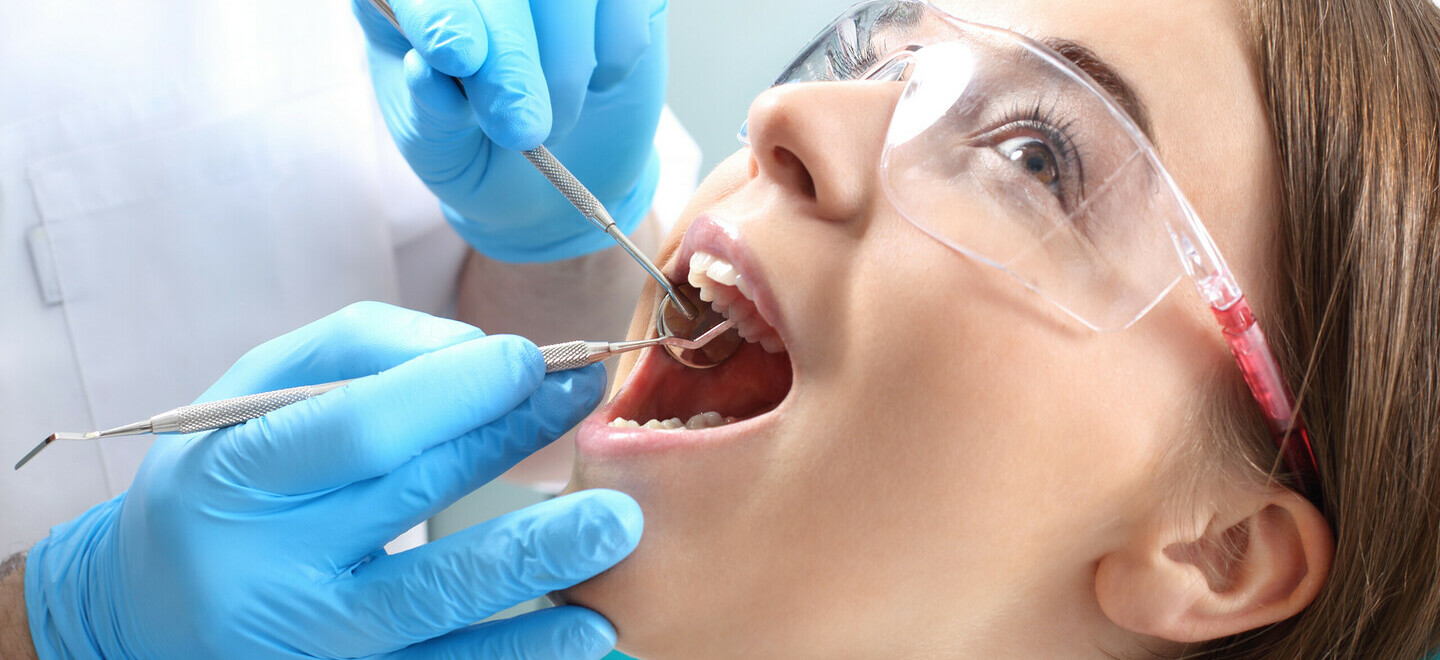Legislation
The Health Professions, related regulations, and other legislation all guide and inform the practice of dental hygiene.
Bylaws
Bylaws deal with the manner in which the College operates and conducts its business.
Code of Ethics
The Code of Ethics articulates how dental hygienists demonstrate professionalism.
Standards of Practice
Standards of Practice set the minimum levels of professional behaviour and conduct of regulated health professionals.
Guidelines
Guidelines establish professionally accepted means by which dental hygienists can achieve compliance with the College’s standards.
Policies
The ACHDH Council is responsible for developing written policies within which the College and Council operates.
Practice Resources
Answers to frequently asked questions and links to additional resources for registered dental hygienists.
Regulatory Consultations
Information about College consultations with registrants and members of the public.
